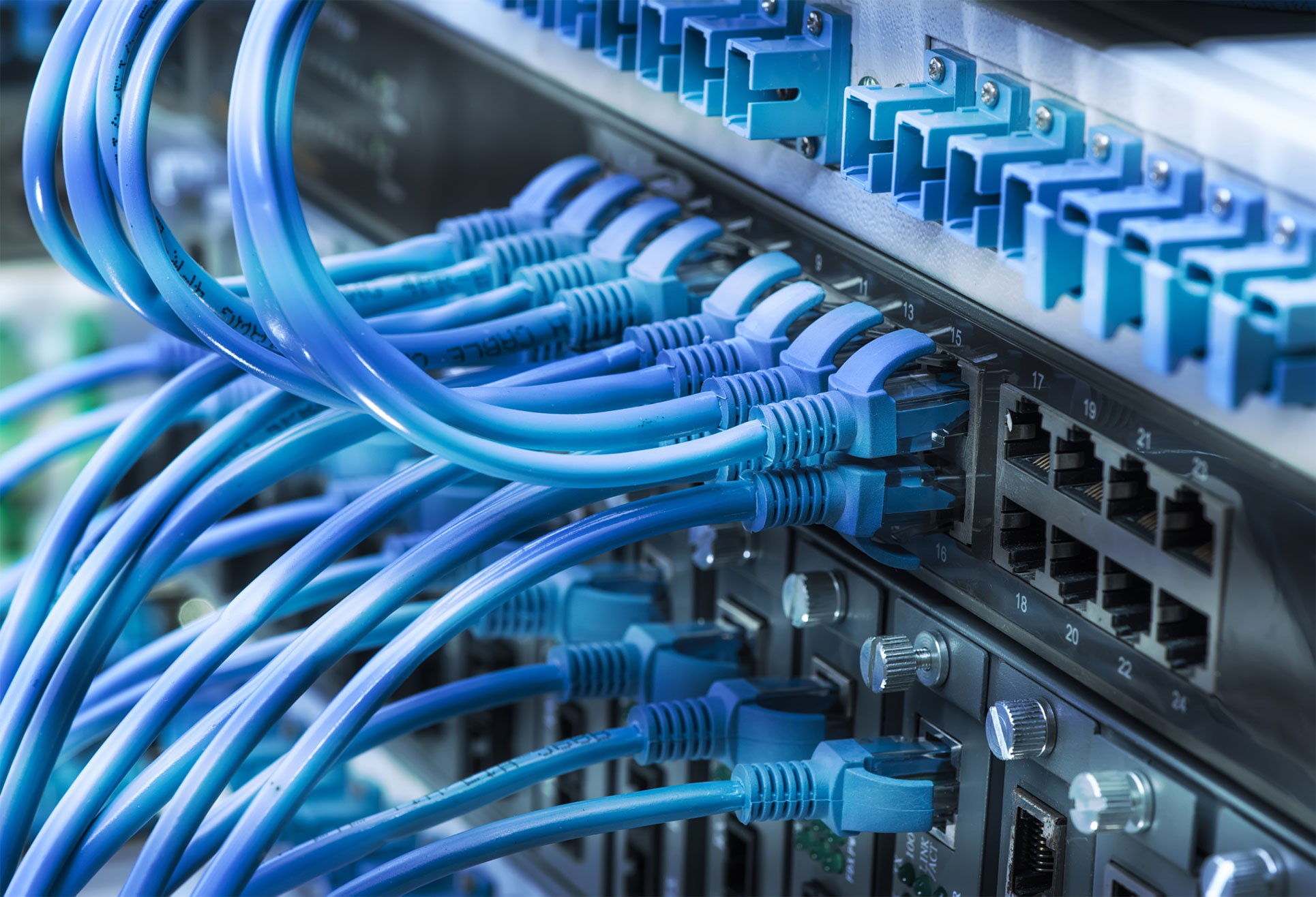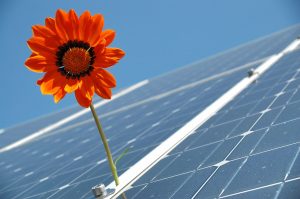
Features of Broadband Access Technologies
The Internet has long become commonplace for everyone. Everybody needs it in their daily life as much as household appliances.Broadband access is a connection that easily meets all users’ needs for access speed.There are different ways to get broadband access.Many people successfully use the most modern options.
Broadband Features
Broadband access is a special type of connection. The term denotes the presence of a large range of frequencies divided into channels. The most common type of such access is ADSL technology. It uses already existing telephone wires for data transmission.It also provides peoplewith mobile access using base stations connected via modern networks.
The purpose of ADSL technology is to provide users with quick access to interactive video services. Frequencies and ranges not used by conventional telephone lines allow them to reach the highest speed.
This type of infrastructure provides people access to a network with huge amounts of data at a fairly high speed.Besides, it guarantees stability from the moment the data package is created until it is used.
There is no clear answer to what speed a connection must have to be considered broadband.Communication technologies are constantly developing and evolving, thereby expanding access bandwidth and boundaries.
As a rule, a broadband connection provides a high download speed, which is several megabits per second.At the same time, the download bandwidth is lower here.There are some private and professional applications that users can access only through a broadband connection.These include video conferencing and remote work programs.

Advantages and Features
Nowadays, users can choose between fiber optic internet or ADSL.Connecting to such an Internet has one significant advantage, namely the ability to connect to it wirelessly.To do this, people can use a router that can distribute Wi-Fi within 20-50 meters around the device.Besides, in this case, there is no need for additional cables.
ADSL stands for the technical term asymmetric digital subscriber line.This technology provides greater speed than a modem connection.Fiber optics are incredibly thin filaments of fused glass or silicon.They allow people to quickly transfer any data, using light pulses.They guarantee high stability, as they exclude any interference.Fiber optics allows users to connect multiple devices to the Internet at the same timewithout losing speed.People can also use systems for receiving and transmitting voice and video with high-quality image and sound transmission.They can also use the Internet to watch television programs in HD quality.
The main difference between the two types of internet connection istheir speed.The wider the band, the more people can use it at the same time.Bandwidth indicates a faster data transfer rate capacity that is available to users.
The maximum speed that the ADSL technology offers are 30 Mbps, while fiber optic cable offers 300 Mbps. However, depending on the circumstances, the speed may decrease. Most operators provide ADSL coverage. Fiber optics, in turn, are not available everywhere.
High-speed Internet is becoming increasingly popular in today’s world.Growing user demand indicates a greater need for the availability of high-speed networks.This is the reason why they are so popular these days.


